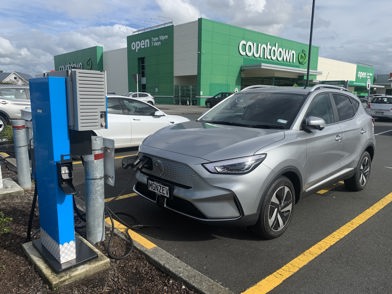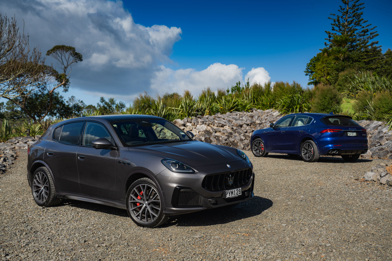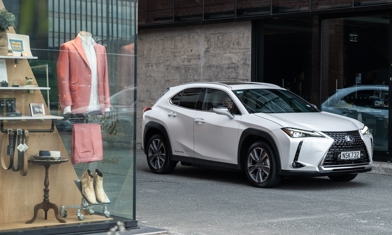Report 1 02/05/25 Report 2 22/05/25
REPORT 2: (22nd MAY 2025)
Mileage: 583km
We don’t generally give our long-term cars the full road-test treatment. That’s partly because they’re mostly new models that have done the review-rounds quite recently, and partly because that’s not strictly what long-term tests are about. The idea is to live with the vehicle on a day-to-day basis, learn as you go and do, well, normal stuff with it.
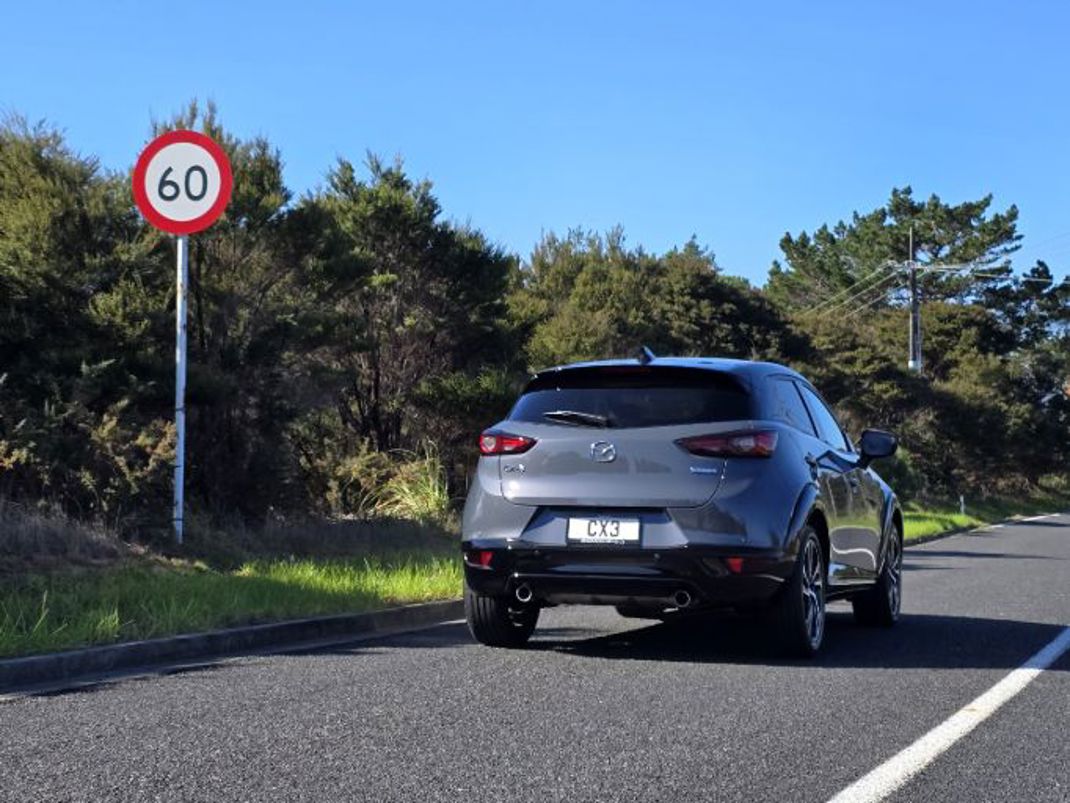
Our Mazda CX-3 is a slightly different case. As we’ve settled into the little SUV we’ve become ever-more-aware that it’s been a while. Like, about a decade. And it’s important to have a good frame of reference, so we’ve made a special effort this month to get out on a couple of drive loops we often use to evaluate normal-review cars, just to see how this model (which has been on the market since 2015) shapes up against the latest stuff. A couple of let’s-get-acquainted outings.
As you might expect, the CX-3 is technologically modest in a 2025 context: the 2.0-litre engine is large-capacity by class standards but makes just 110kW/195Nm. That’s on-par with many rivals, but remember the Mazda doesn’t have torque/economy-enhancing electrification or a continuously variable transmission (CVT); instead, it sticks with a conventional 6-speed automatic.
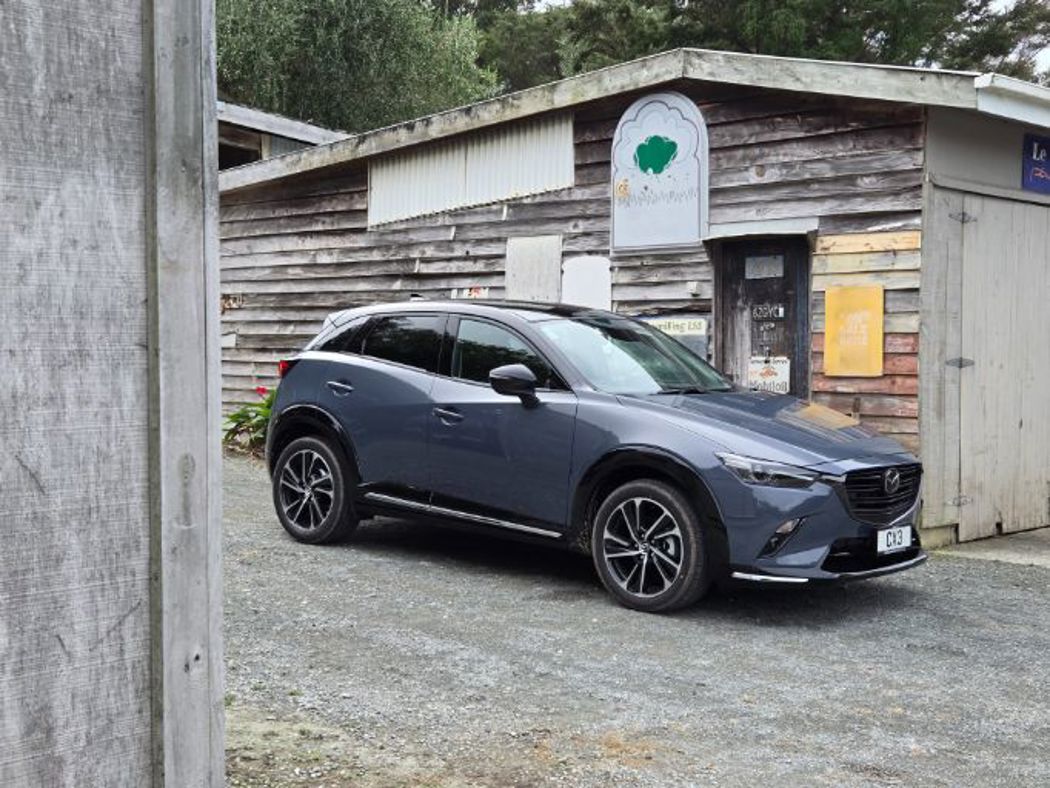
In practice, the performance feels quite perky at times, the 2.0-litre engine doing its thing with a gurgly kind of urgency. There’s no denying that a CVT is efficient and extracts the maximum range of performance from a small car; but there’s equally no denying that people who enjoy driving will always find actual gears more… engaging.
That’s the case with our Mazda. The automatic is smooth and enjoyable, although it could benefit from another ratio or two; we’ve done a couple of motorway runs from Auckland north to Matakana, and with the cruise on at 100km/h there’s a lot of hunting from the gearbox on inclines to keep the car in the right speed zone. It just seems like the gaps between gears are a bit too wide at times.
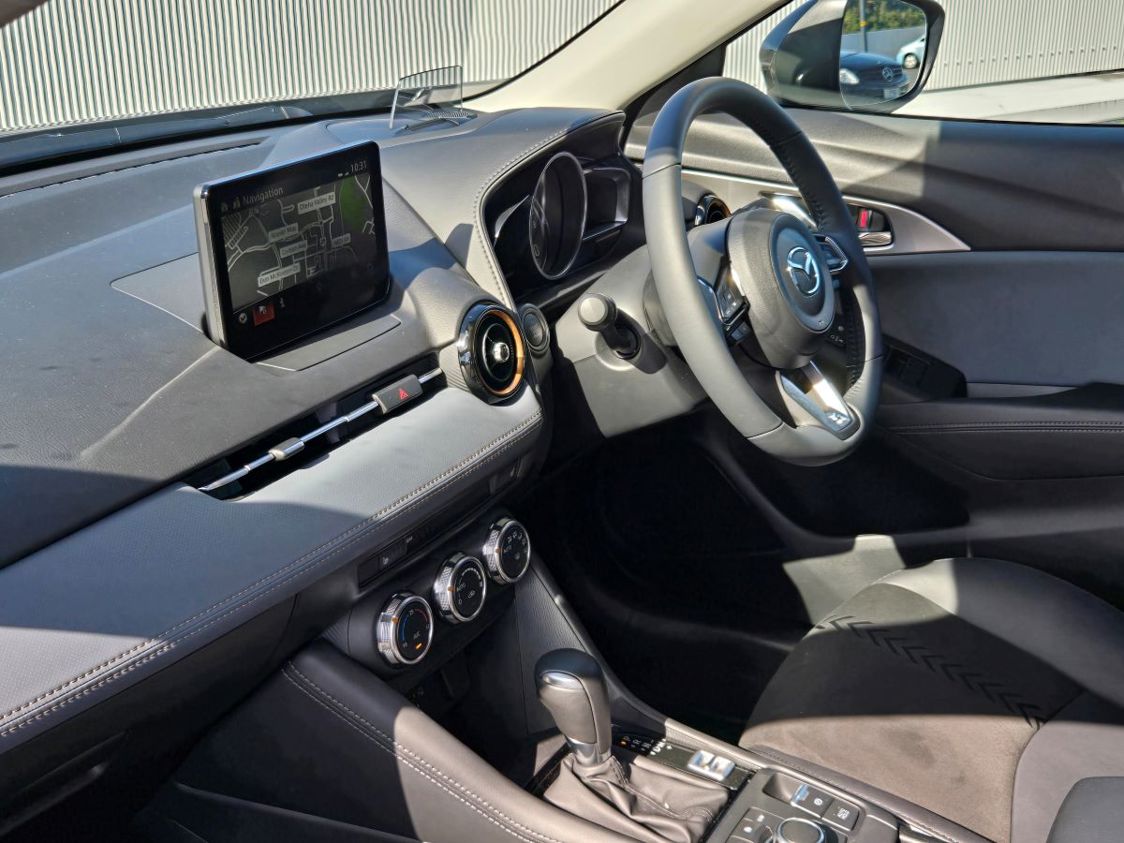
All of the above means the little Mazda can’t compete with electrified/CVT models for fuel economy. We’re averaging 7.5l/100km at the moment (not far from the official 3P-WLTP of 7.0l/100km); even bearing in mind that this car was absolutely brand-new when we picked it up, that’s still 3 litres more than our last uran-SUV long-termer, the Toyota C-HR Limited. Mind you, our top-spec FWD C-HR Limited cost $54,9990; our top-spec Mazda CX-3 is $42,190.
Mazda has long been a maker with a reputation for making mainstream cars that handle with considerable finesse. The CX-3 comes from a time when it was deep into its SkActiv low-friction/lightweight construction (following on from the acclaimed CX-5) and a general focus on dynamic excellence.
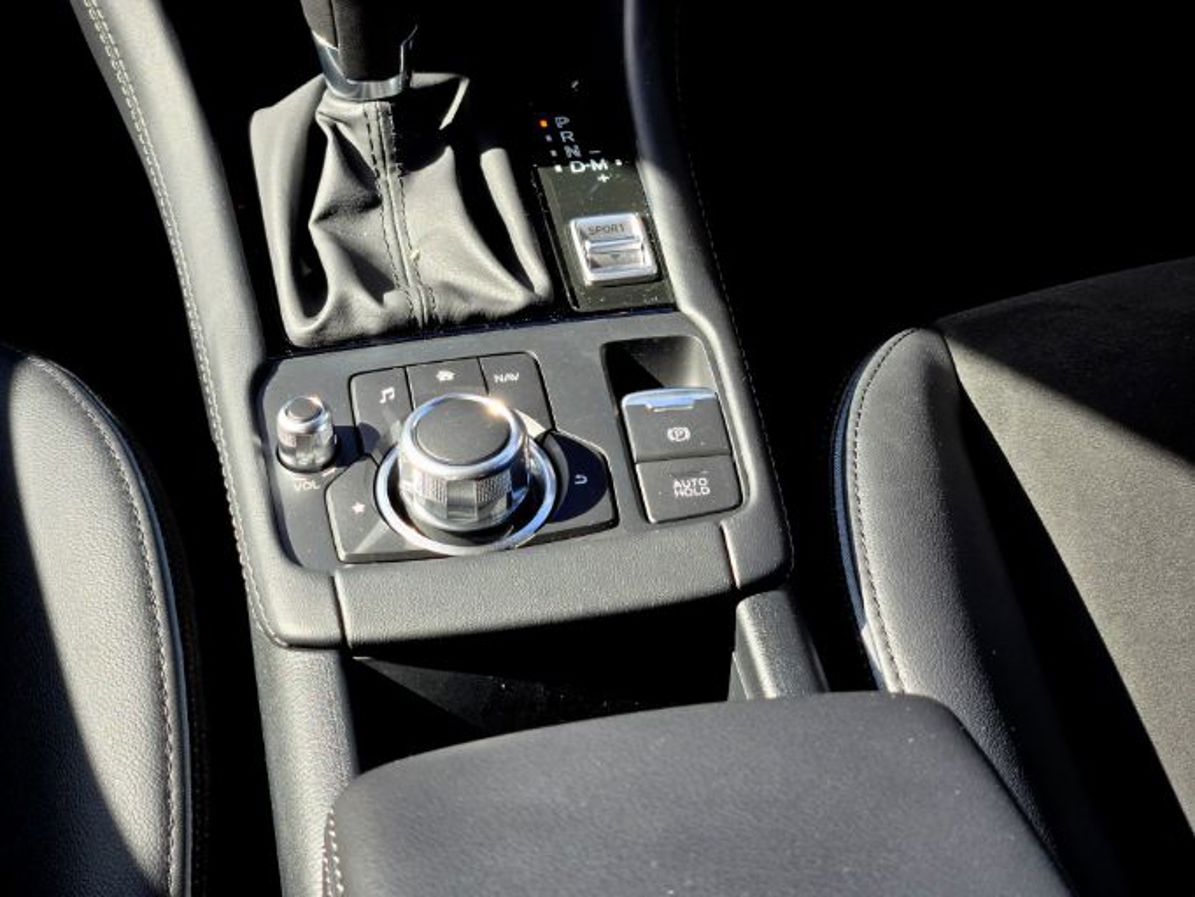
Guess what? The CX-3 is still brilliant to drive. The current fashion for family SUVs is super-light steering, partly because it makes stuff like automatic lane-assist easier to integrate and partly because it’s just what people expect these days. The CX-3 doesn’t have that level of assistance (although it’s well-served with other active safety equipment, including lane-departure warning), but it does offer steering that’s relatively weighty, with decent feedback when you need it. That might not be to all tastes these days, but we’re fans.
It helps that the chassis is so good. The CX-3 is grippy, stable, responsive and often just-plain-fun in tight corners. Despite the short wheelbase, it hangs on tenaciously in turns and holds its line even when you do silly things with the throttle, like lift-off mid-corner. It’s really impressive.
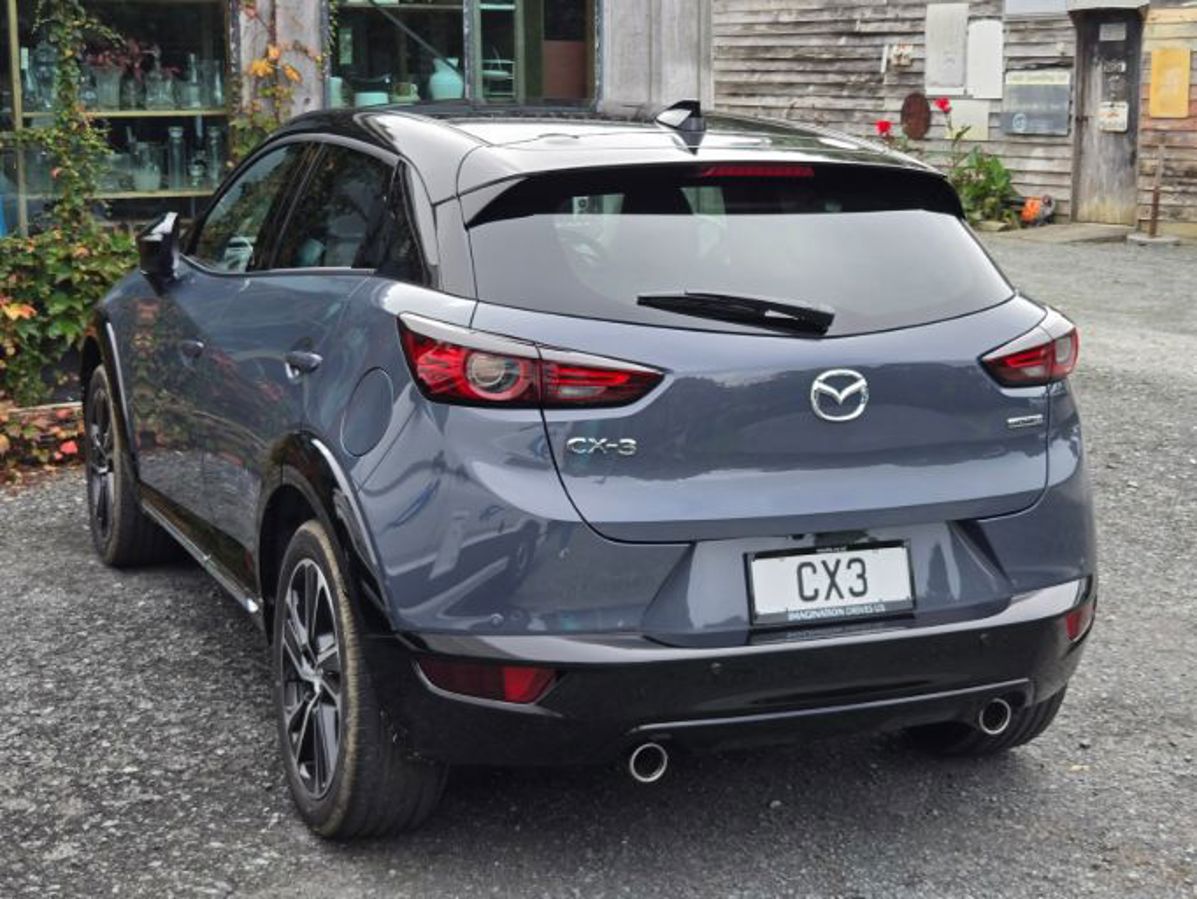
There’s even a Sport mode offered on a slender silver switch on the centre console, although it’s an odd thing. It doesn’t do a whole lot in city driving, but when you’re out on open road it seems to lock out top gear, which is not ideal because things get pretty busy, pretty quickly. Possibly for that reason, the car does not allow you to select Sport when the adaptive cruise control is running. To be honest, the CX-3 is more sporty-feeling if you keep it in Normal.
Thanks to that dynamic character and the CX-3’s pert good looks, when it was launched launched we often said it would be a very appropriate base for a sporty MPS-style (remember MPS?) model. We still think that.
REPORT 1: (2nd MAY 2025)
Mileage: 33km
A major topic of discussion in the DRIVEN Car Guide office this year: models that we haven’t reviewed for years, but are still consistently popular among Kiwi buyers. Yep, we’re a fun crowd to be around.

It’s the nature of the job that we mainly review cars that are box-fresh and just released; because news value usually drives stories and on a purely pragmatic level, they’re the ones that car brands send around for evaluation. That’s just the way things work.
But we’ve been on a bit of mission in 2025 to bring our road-test database up-to-date around cars that are popular with buyers, but aren’t brand new. Cars like the Kia Seltos and Mitsubishi Eclipse Cross are good examples.
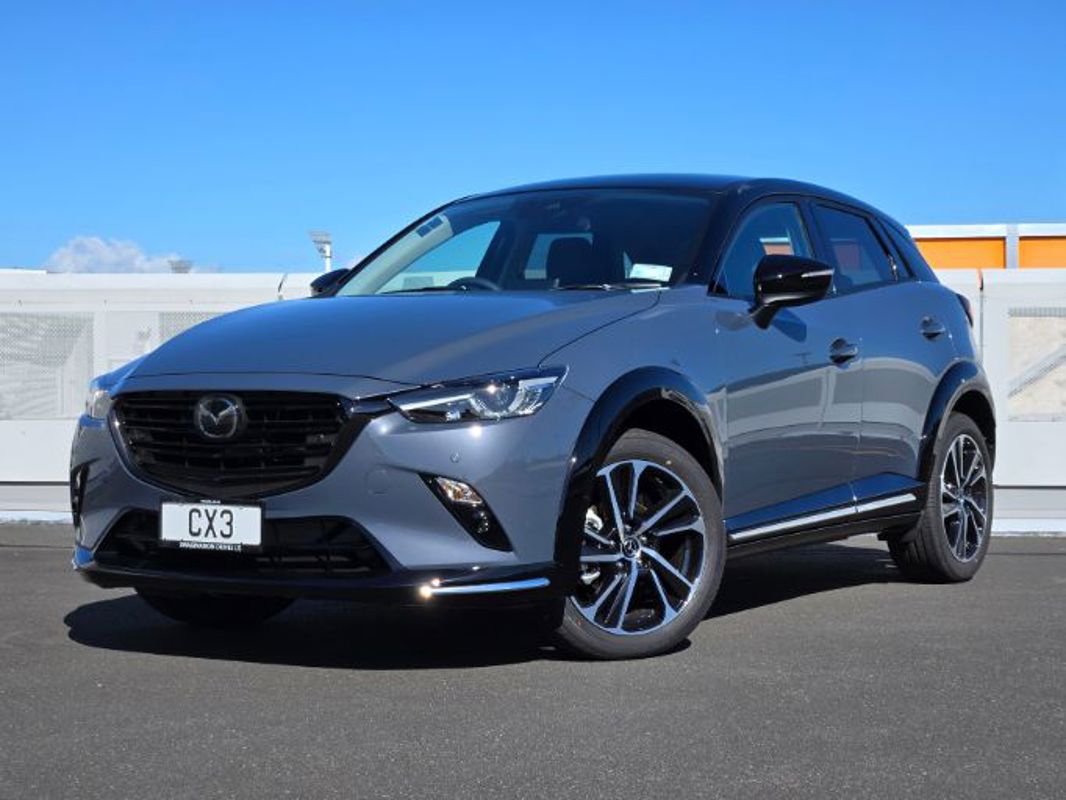
We’ve been especially keen to get back into a Mazda CX-3, because it’s a model that’s been on the market for more than a decade (overall DRIVEN COTY for 2015, no less) and still consistently popular in the Mazda portfolio. It's a modest 10% of the overall mix, but showing no sign of fading away. It keeps ticking along.
It’s not always easy securing a more established model for review, simply because brands don’t have them on the fleet any more.
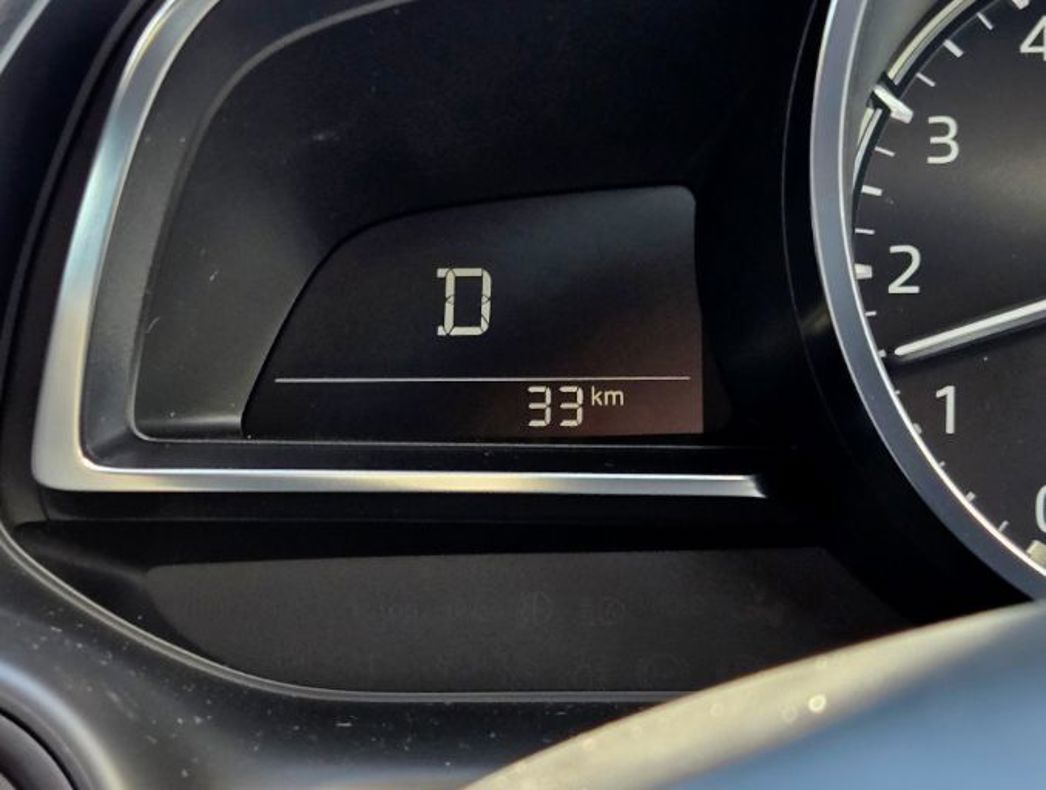
When we approached Mazda about a CX-3, the company came back with a broader idea: a long-term test rather than a week-long review, which might be a better way to understand why this car still attracts a loyal following.
Done. So here it is: fresh off the boat, a CX-3 SP20 with just 33km on the clock. That’s already a novelty; we don’t often get a car to drive that’s genuinely brand-new; it's like being a real CX-3 buyer.

We reckon the CX-3 still looks pretty good after all these years, familiar as it is. Ours is the flagship SP20 model, identified by its gloss-black exterior details (other CX-3s have unpainted plastic wheelarch flares, for example) and two-tone paintjob with Brilliant Black roof.
At $42,190 the SP20 is $3250 more than the mid-range GSX and adds leather/suede seat upholstery (complete with racy arrow graphics), heating for the front chairs, and black metallic/machined 18-inch wheels.
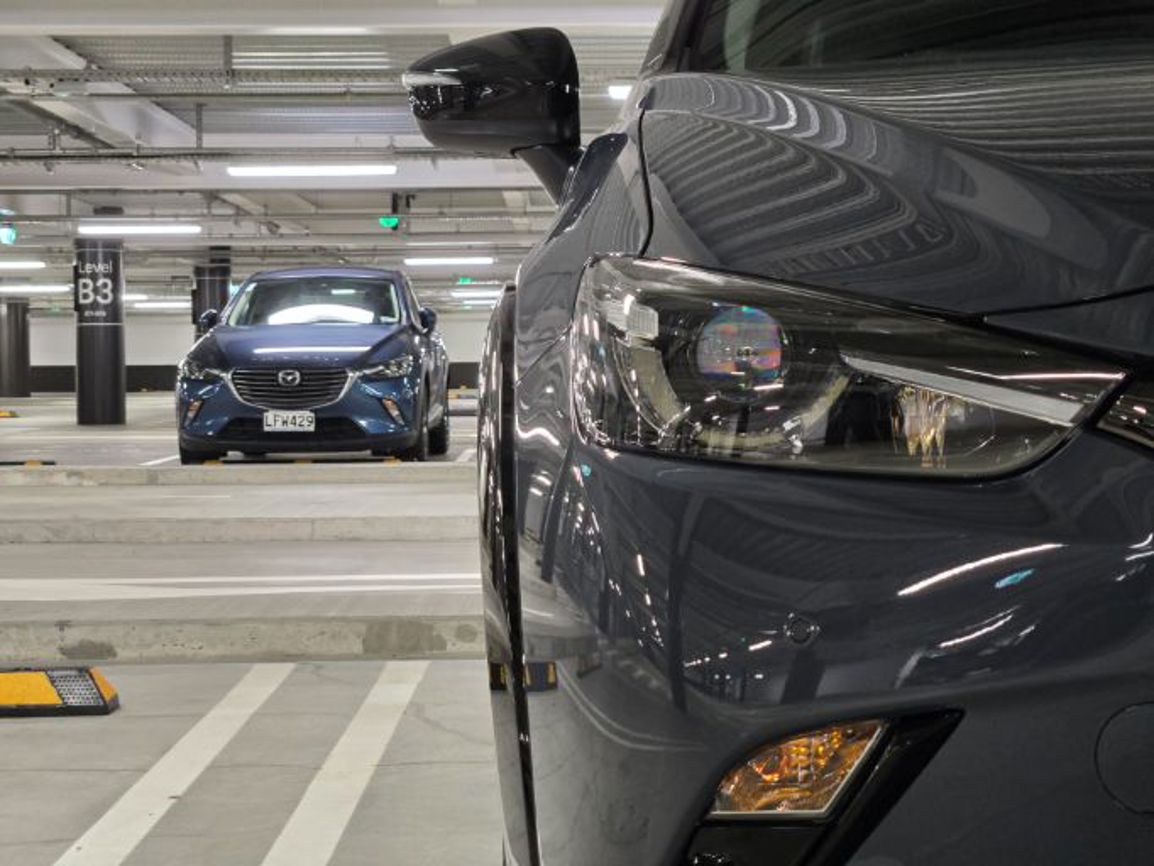
It’s fundamentally the same car that was launched a decade ago, but naturally the CX-3 specification hasn’t been stagnant. Our SP20 is the most recent update, introduced in late-2023 as a new flagship to better align with another Mazda small-SUV, the CX-30, also available in SP-trim. The arrival of CX-3 SP20 also meant goodbye to the Limited.
All CX-3s now have the 2.0-litre 4-cylinder (110kW/195Nm) engine, with a 6-speed automatic and front-drive.
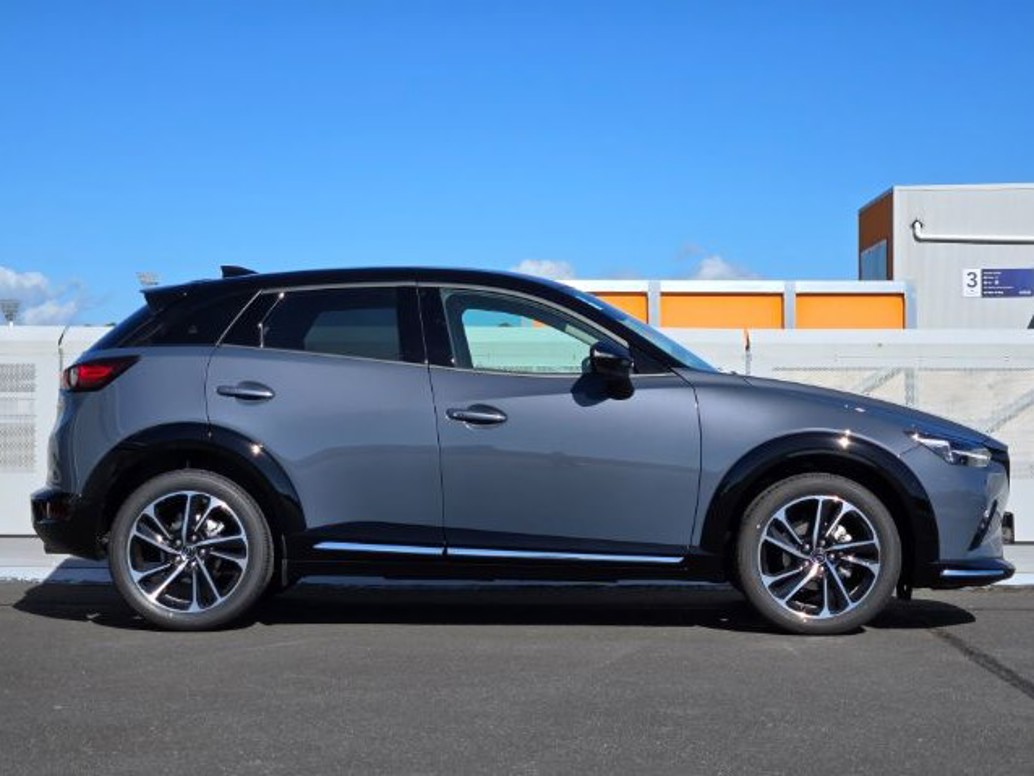
There used to be an AWD option and even a diesel. Diesel engines, remember when small cars had those? The little-D was discontinued in a major model update in 2017 and AWD was rationalised to just one model at the same time, before being phased out in 2021.
We might have a slightly distorted view of just how new driver-assist technology is, but we’re pleasantly surprised how much of it the SP20 has. Some has been added along the way of course, but from the start the CX-3 was available with autonomous braking, blind-spot warning and lane departure.
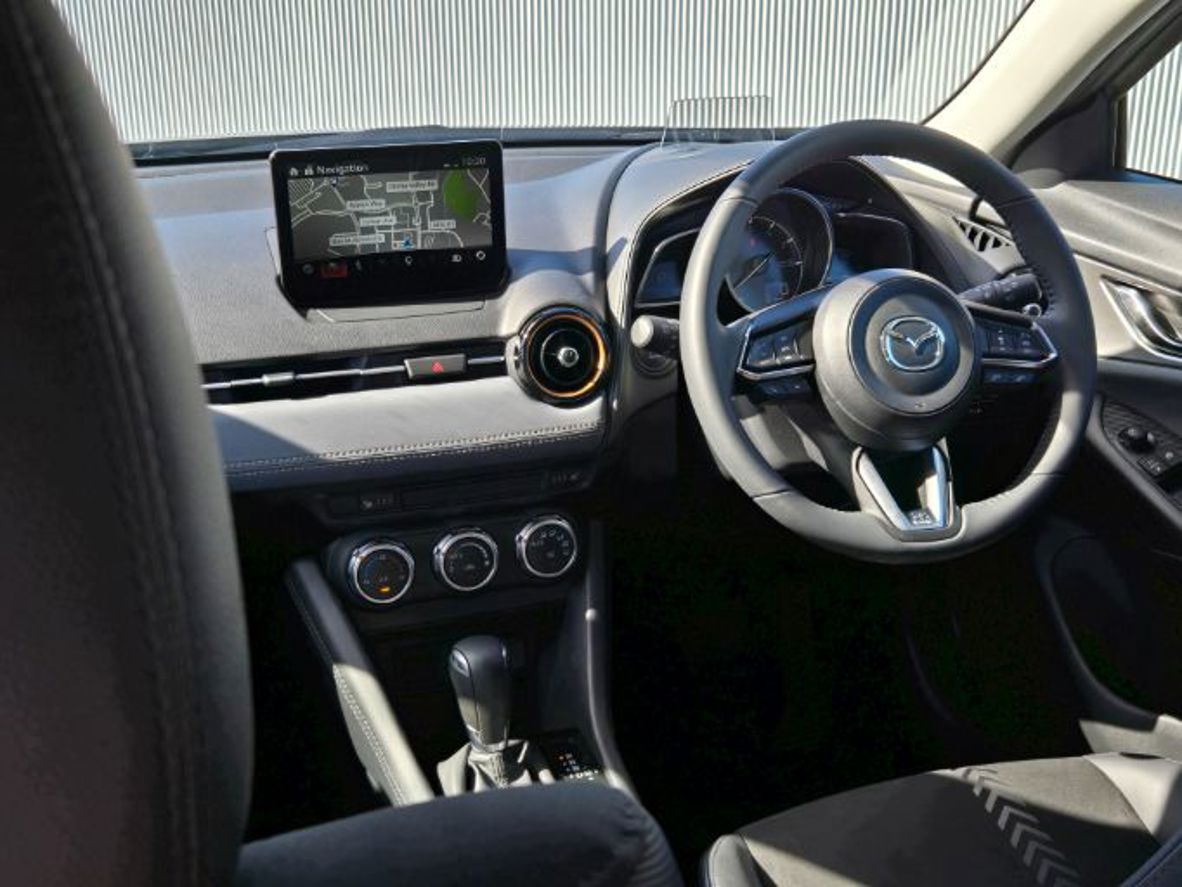
That 2017 update brought G-Vectoring control (a Mazda-proprietary thing that gently reduces engine torque to help with cornering accuracy), traffic sign recognition and radar cruise control. It also now has “smart brake support” (ie autonomous braking) front and rear.
So in terms of what you’d expect to find in a car just released, there’s not a lot missing. The most obvious omission is a camera-based driver distraction alert, which we’re not too cut up about (there is a more passive “driver attention alert” that will suggest you take a break when appropriate). And the lane departure warning really is just a warning, a rather soothing humm that comes through the audio speakers; no steering assistance.
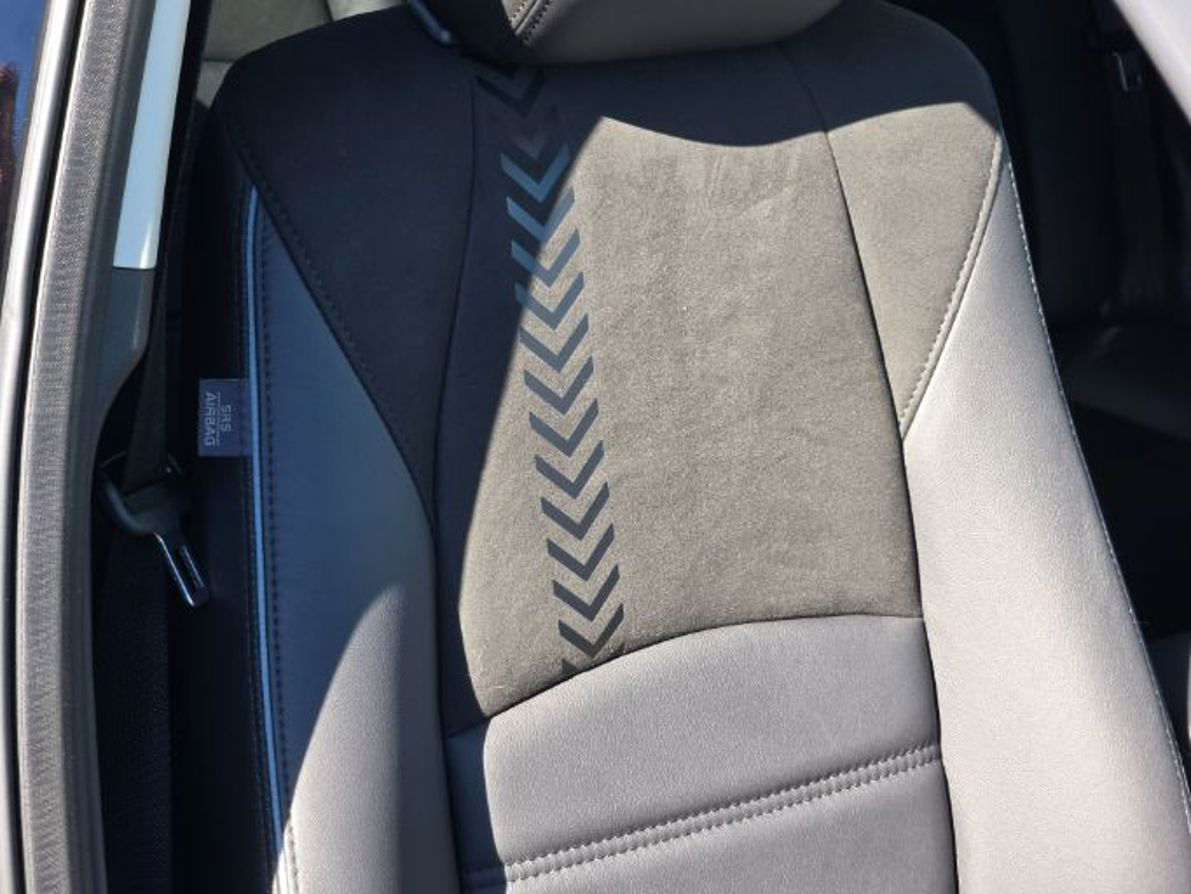
The analogue instrumentation does date the car: the central revcounter (which we quite like, very, um.. Porsche) is flanked by two crude-looking digital displays. But they do the job. And you do get a small heads-up display with much more modern graphics, in full colour; that’s where you’ll find some of the add-on stuff like traffic sign recognition and the distance indicator for the adaptive cruise.
And yes, that is quite a small infotainment display: just 8 inches in diameter, and that’s after a size increase along the model-upgrade journey. It runs on the older MZD Connect operating system, mainly through a BMW iDrive-style rotary controller with pushbutton shortcuts; the screen has touch functionality, but only when the car is stationary… one of Mazda’s more unusual decisions, now superseded in newer models.
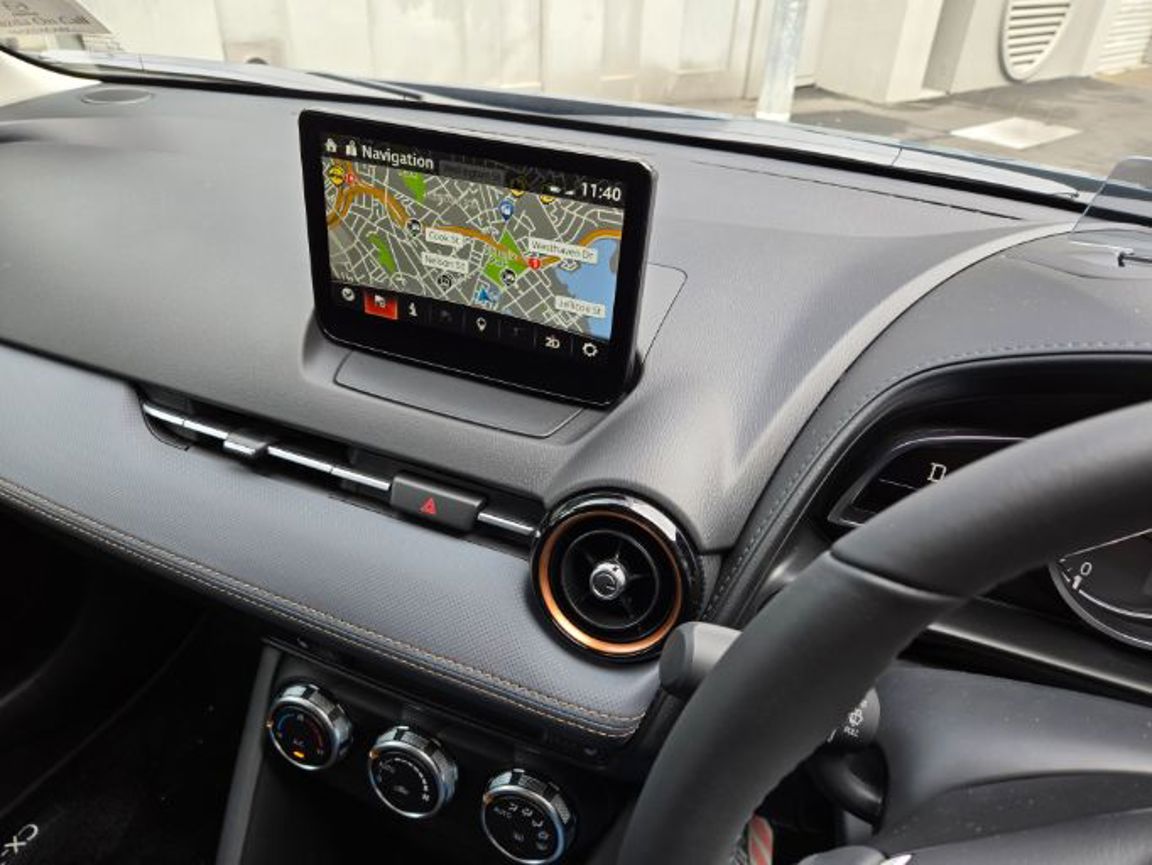
But the CX-3 does have Apple CarPlay and Android Auto phone projection, both added in 2021; wireless for the former, or with a cable for the latter.
We’re spending the next three months with the SP20. Enough time to find out whether the ownership experience has aged as well as the car’s cute looks.
What is the Mazda CX-3?
A compact-SUV loosely based on the Mazda2 hatchback, launched in NZ way back in 2015. It remains a consistent seller for Mazda NZ.
Why are we running it?
To see whether a model that's not the very latest can still be be an engaging urban SUV.



